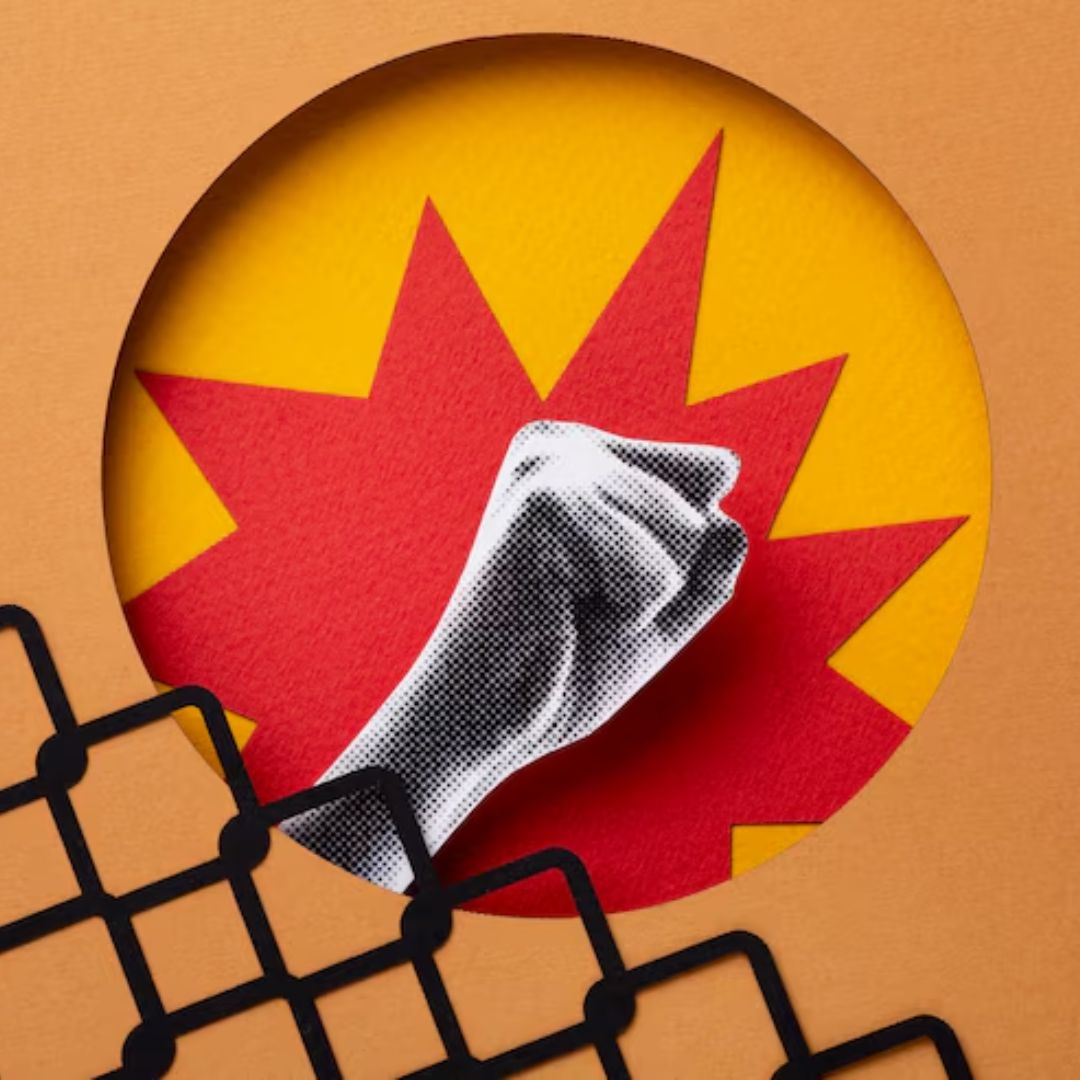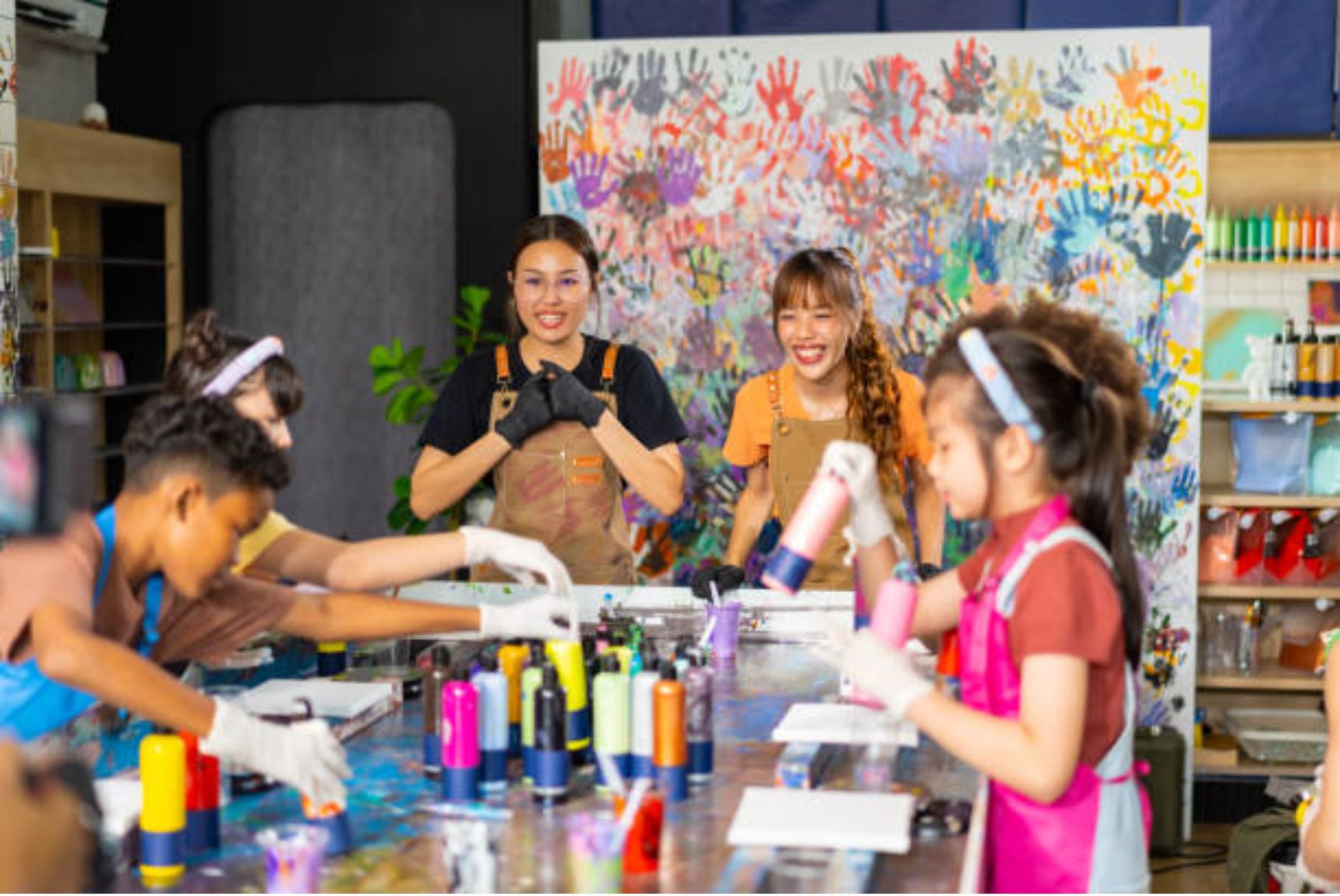In a rapidly changing world, art has long been a tool for expression, resistance, and societal reflection. In Bangkok, a vibrant community of artists has been increasingly using their work to respond to social, political, and environmental issues, blending creativity with activism.
These artists are leveraging their art to challenge the status quo, amplify marginalized voices, and call attention to critical issues affecting their communities. With a growing sense of mindfulness, they are engaging in activism, pushing boundaries, and creating a space for meaningful dialogue through their work—inviting audiences to reflect more deeply on the world around them.
Art as a Mirror to Social Issues
In Bangkok, contemporary art has become a powerful mirror to the city's ever-evolving social landscape. Artists are no longer confined to traditional methods of aesthetic creation but are instead channeling their work to comment on issues such as human rights, freedom of speech, and environmental sustainability. From street art to gallery installations, Thai artists are using diverse media to challenge societal norms and confront difficult truths.
The rise of political unrest and social inequality in Thailand has led many artists to express their frustrations, hopes, and visions for a more just society through their art. For instance, murals and graffiti in urban spaces often carry bold messages about freedom, equality, and resistance. These forms of art challenge traditional, institutional power structures and offer a visual voice to communities that are often silenced or overlooked.

The Role of Art in Political Activism
In recent years, Bangkok’s art scene has witnessed a surge of politically motivated works. Artists are using their craft to take a stand on critical political issues, whether it's the fight for democracy, the protection of civil liberties, or the push for environmental reforms. These works often intersect with activism, as they engage directly with the public, provoke thought, and inspire action.
For example, during the 2020-2021 pro-democracy protests in Thailand, many artists took to the streets, using visual art as a form of resistance and solidarity. Paintings, installations, and digital art were used as tools for protest, amplifying the voices of those calling for political change.
Some artists even collaborated with protest movements, creating posters, banners, and social media content that mobilized supporters and spread the message of the protests worldwide.
Environmental Activism Through Art
Environmental issues, particularly concerning climate change, have also become central themes in Bangkok’s artistic community. As urbanization accelerates and pollution continues to rise, artists are responding by creating works that highlight the impact of environmental degradation. Many of these pieces aim to raise awareness about waste, the loss of biodiversity, and the effects of climate change on vulnerable communities.
Bangkok’s local artists are using materials such as recycled plastic, discarded electronic components, and other found objects to create impactful art installations that call for environmental responsibility. These works are more than just aesthetic creations—they are calls to action, urging both the public and policymakers to address the pressing challenges of sustainability.
Art as a Catalyst for Dialogue and Change
One of the most powerful aspects of art in activism is its ability to spark dialogue. Bangkok’s artists are engaging in conversations that transcend the walls of galleries, entering public spaces where they can be seen and discussed by a broader audience.
Through art exhibitions, community murals, and interactive installations, artists are creating platforms for open discussion on the most pressing social issues.
Art events, forums, and festivals in Bangkok are increasingly becoming spaces where discussions about social change can take place. These events not only provide a platform for artists to present their work but also allow members of the community to come together and debate solutions to the issues they care about. By using art as a medium for social dialogue, artists are helping to create a culture of awareness and empathy that encourages collective action.

Collaborations and Collective Action
In addition to individual efforts, many Bangkok artists are coming together to form collectives that promote social change. These collectives amplify the impact of their activism by pooling resources, organizing events, and collaborating on large-scale projects that address specific issues. Collective efforts enable artists to have a more significant influence, as they can work together to create larger, more impactful works that resonate with a broader audience.
By working as a community, artists also demonstrate the power of collaboration in effecting change. These collectives provide mutual support, foster creativity, and create a platform for emerging artists to share their voices. As social issues evolve, these artist collectives continue to evolve, ensuring that art remains a dynamic force in the fight for justice and equality.
Final Thoughts
The intersection of art and activism in Bangkok represents a powerful movement where creativity meets social consciousness. Artists are using their craft to address political, environmental, and social issues, while also creating spaces for dialogue, reflection, and change.
Through their bold and impactful works, Bangkok’s artists are helping to shape the future of activism in Thailand, demonstrating the critical role that art plays in responding to the challenges of our time. In this ever-changing landscape, art continues to be an essential tool for social transformation, empowering individuals and communities to take a stand and demand a better world.

